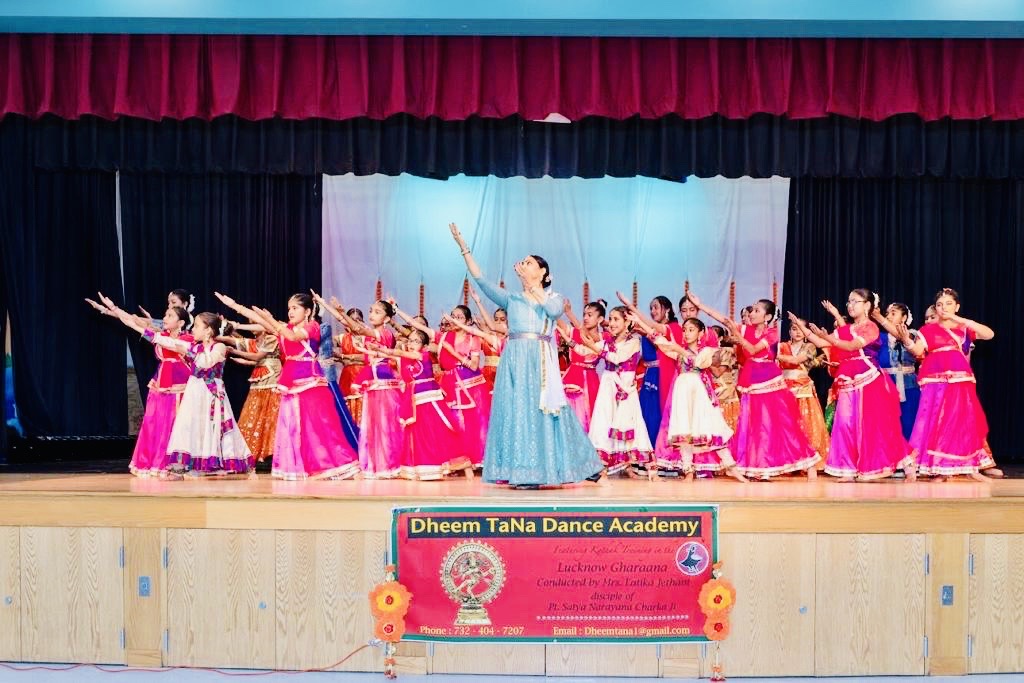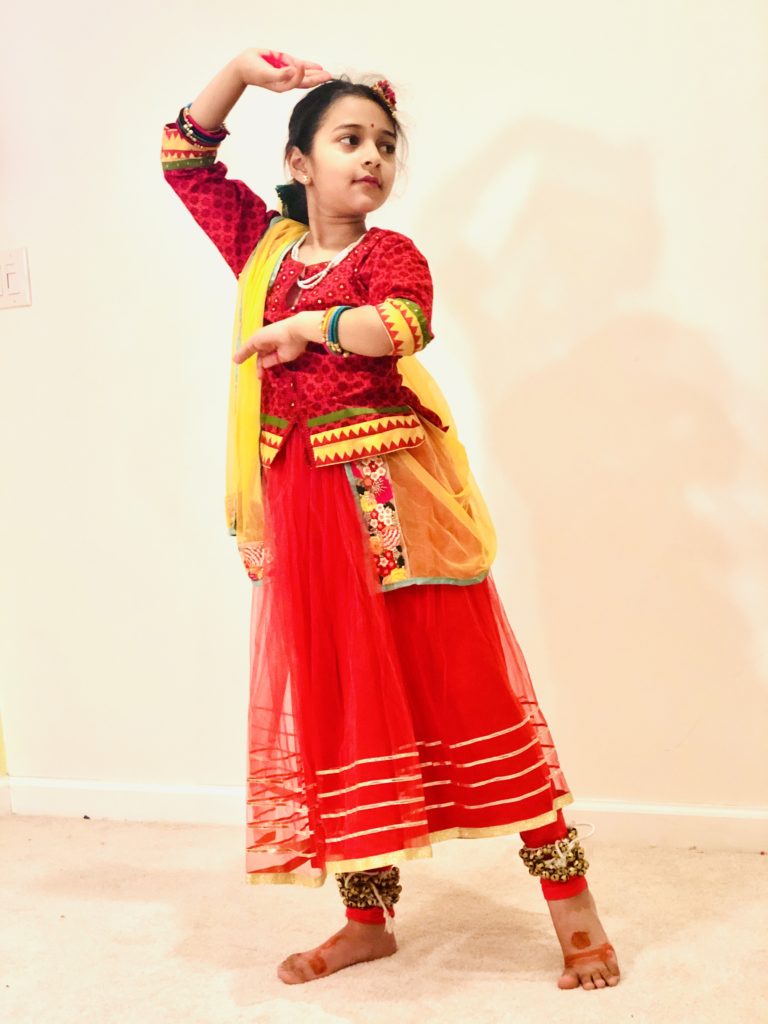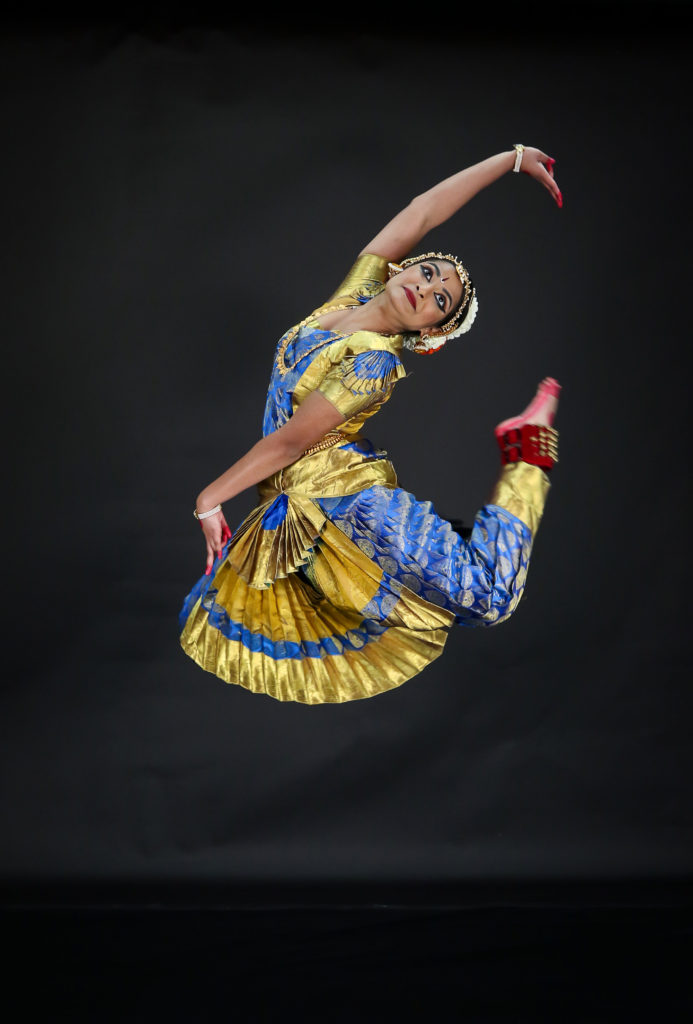How Indian Classical Dances, Not Bollywood, Reflect Our Cultural Heritage
- The transcending character of Indian classical dances is what keeps it kindred and enigmatic.

It is the first day of my daughter Aradhana’s Kathak class, and my 6-year-old and I look through the glass door into the class that is in progress, waiting for it to end, and ours to start. Aradhana clenches my hand in nervous excitement, and I clench it back in a motherly, reassuring kind of way. She puts on her ‘ghungroos’ or dancing bells on her feet and enters her class that resonates with the sound of a hundred more ‘ghungroos’. The atmosphere inside is electrifying.
There are eight recognized traditional Indian dance forms — Bharatnatyam, Kathak, Kathakali, Kuchipudi, Odissi, Sattriya, Manipuri and Mohiniyattam. In the United states, the most popular among Indian Americans are Bharatnaytam, Kathak and Odissi.

I am dance enthusiast, and classical dances have always enamored me with their exceptional storytelling. It happens very rarely when I don’t find myself enthralled after seeing a performance. And seeing my daughter enjoy her Kathak lessons and become more and more keen on learning and watching it, gave me, I won’t deny, a vicarious satisfaction. There are so many ways of exposing our kids to these dance forms. Aradhana and I watch a lot of YouTube videos on Kathak and Bharatnaytam. It is entertaining and also fuels her interest.
I can’t help but wonder — Why are so many Indian American parents encouraging their kids to learn traditional Indian dances? They are, for one, a great way for us to learn about our mythology and language. Bharatnatyam lessons, for instance teach not just the dance steps, but are also replete with explanations of what each step signifies, what the story and mythology behind it is. It is a refreshing way to learn. For some parents, it is their familiarity with and understanding of these dance forms.
Fortunately, for enthusiasts like me, a number of dance schools or ‘nrityalayas’ have opened up in America.
Guru Latika Chani Jethani has been teaching Kathak in New Jersey for a long time. An accomplished dancer herself, teaching Kathak is her way of contributing to her community. “It develops a child’s overall personality, strengthens their posture, and instills a sense of discipline in them. Not just theirs, it keeps my skills sharp too and nourishes the artist in me,” she says.

In this day and age of Bollywood, when all you can see and hear is people dancing to film songs, patrons and schools of Indian classical dances are working tenaciously to keep this heritage of Indian culture alive and breathing. Chani Jethani, for instance, feels it’s important to first imbibe a sense of ‘sur, laya and taal’ (the tone, beat and rhythm of music) which only classical styles can impart.” Once armed with the knowledge of technique, any style can be learned with ease.
The journey of learning dance is long and requires dedication and lots of hard work. With the growing number of Indian American students in schools across America, they find it easier to pursue their traditional dance forms. This has helped popularize Indian arts among the non-Indians, too.

Not everyone completes their journey, though. Especially, once children reach high school where studies become paramount, and there is less time left for extra curricular activities, dance often takes a back seat.
Various cultural groups and artists have come together in the U.S. to promote the Indian dance and art styles and keep it thriving. The ‘New York Kathak Festival’ is a non-profit organization that brings together promoters and artists on one platform with performances, workshops. etc. It is one of the many organizations dedicated to bringing the Kathak community together, and act as essential bridges of cultural understanding, not just for the Indian diaspora, but for the other vibrant cultures of America, too.
The San Francisco Ethnic Dance Festival and organizations like the Sangam Arts are also excellent cultural ambassadors and provide gateways to Indian culture.

One way classical dances have remained sui-generis and yet become more and more visible in the Western context is the manner they are being presented. ‘Fusion’ is an enthralling way of adapting the elegance of the traditional, with the magnetism of the modern. More and more choreographies are embracing the aesthetics of Indian classical dances and integrating them into their acts.
‘Bfusion’ dancers from Michigan, Poonam and Priyanka Shah, with their fusion of Bharatnatyam, Bollywood and Hip Hop, have taken the internet by storm with close to 2.2 million views. They are a stirring example of the increasing South Asian visibility though the medium of dance. “We put up our videos because we wanted to be another voice for Bollywood and another voice for Indian representation in the U.S.,
they say.
The transcending character of Indian classical dances is what keeps it kindred and enigmatic.
Nupur Bhatnagar is a lawyer by training, an entrepreneur and a storyteller. She is rationalist and an art enthusiast who is fascinated by history. She loves to read and watch historical dramas — sometimes even sees herself in them. Nupur lives in New Jersey with her husband and two children.



Very well written. Learnt a lot of new things about Indian dance forms, and their association with Indian culture.
Response must be very encouraging. Let us get a little more of the taste of India!!!
Very well written!! Enjoyed and learned more about our Cultural dance forms.
Very informative Nupur .. keep it up !!!
Very informative and well illustrated write up which will stimulate
Interest in foreign land. Keep it up . A laudable effort.All the best.
Excellent write up … conveys great feelings and a sense of elation. Please carry forward the good work of bringing incredible Indian culture to the friends in America through next generations.
Rakesh Verma,
Portland, OR.
Nice write up. Keep it up, Nupur. Best wishes to Aradhna for achieving excellence in learning Indian dances and in keeping Indian culture high in US.
Amazing article. Thanks for sharing the insights, Nupur.